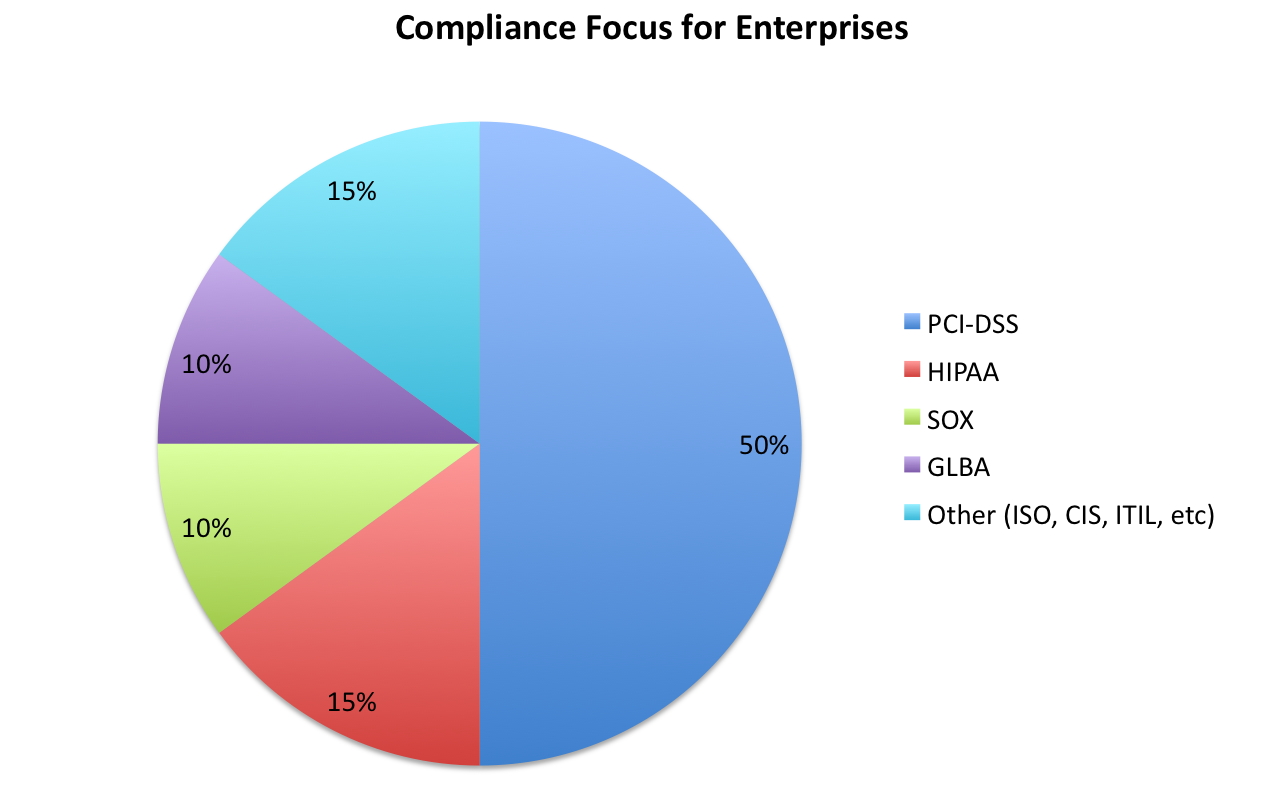What’s the Biggest Security Threat?
Based on a survey sent to over 200 CISOs (see Justin Somaini, Yahoo! CISO, survey here), malware is the most significant security threat, followed by compliance failure, then employee theft, external state espionage, external ecrime, external state sponsored sabotage, and external competitor espionage. Surprised? I was. I predicted that compliance would be #1. I think this position is due to the rise in malware incidents.
Security, Compliance, and the Cloud?
To pick one of many compliance categories, PCI-DSS is probably one of the best in terms of the absolute number of enterprises focused on it. When attending a new course being developed by Anton Chuvakin and the Cloud Security Alliance (see PCI DSS in Cloud Computing Environments), the top concerns involved with security in the cloud included:
- Where’s the data?
- Who has access?
- Do you have the right to audit?
- What are the service level agreement (SLA) terms?
- What happens if there is a security breach?
This list happens to be 5 out of 10 outlined by Global Knowledge in their recent report, 10 Security Concerns for Cloud Computing.





